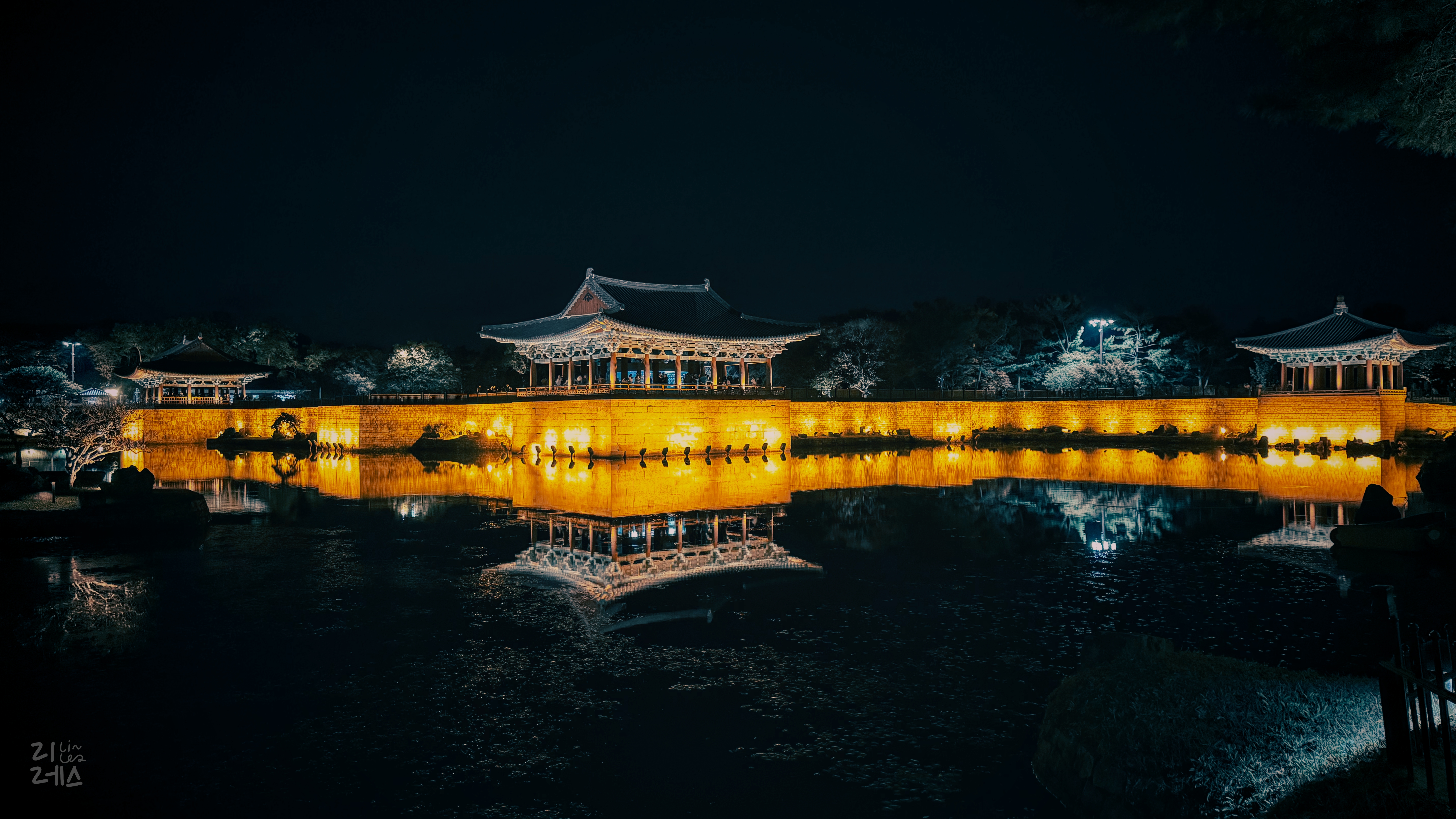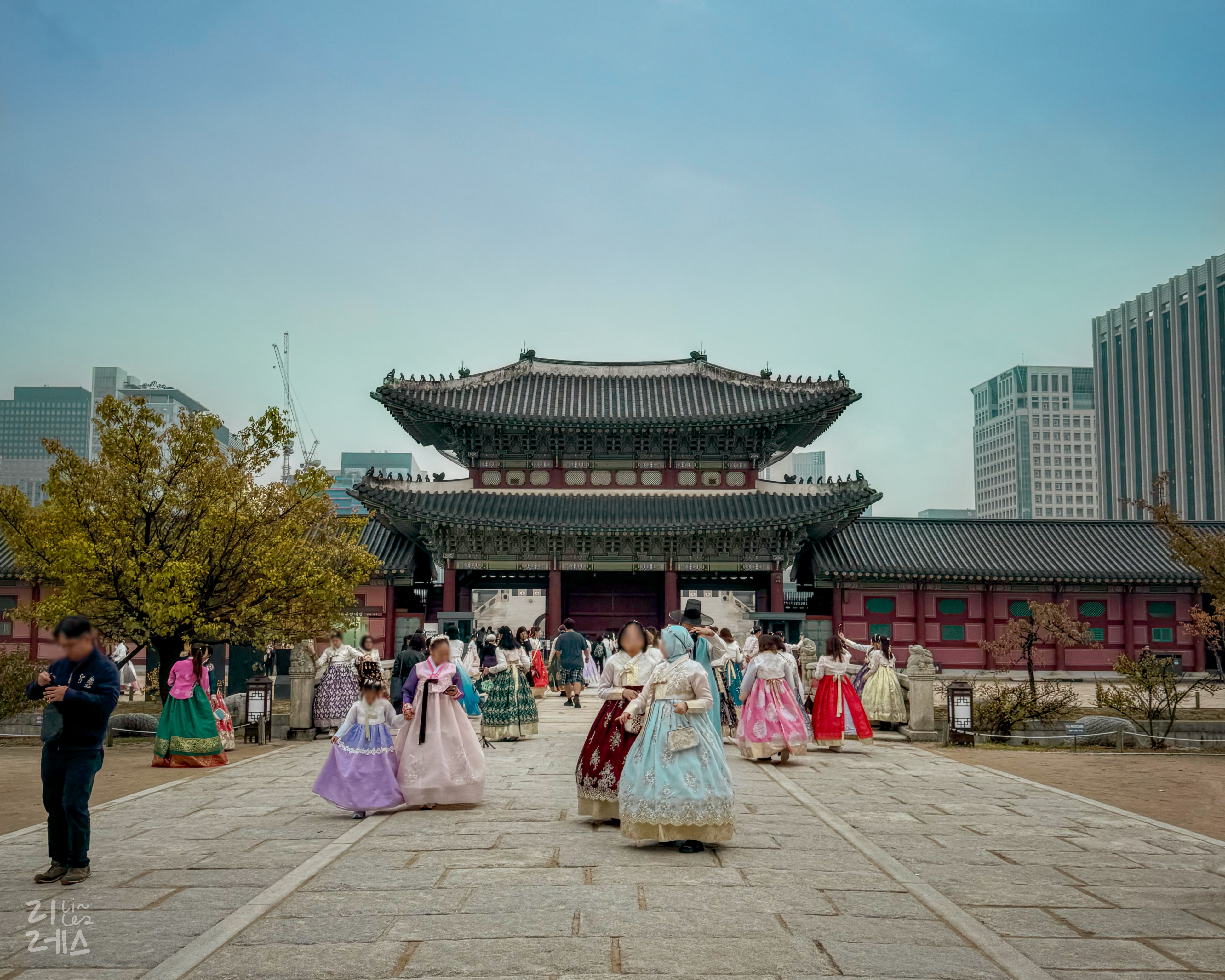
#travelkorea
#traveltips
#musttoknowbeforetravellingkorea
Korea is a vibrant country known for its rich history, advanced technology, and dynamic culture. From bustling cities to serene temples, there is something for every traveler. This guide covers the essentials you need to know before visiting Korea, setting you up for an unforgettable journey.
1. When is the Best Time to Visit Korea?
Korea experiences four distinct seasons, each offering unique experiences for travelers:
Spring
April to June

A popular time to visit, especially for the cherry blossoms. The weather is mild and pleasant, making it perfect for outdoor activities.
See more:
When to see cherry blossoms in Korea?
Main spring festivals in Korea
Summer
July to August

Hot and humid, with occasional monsoon rains. This is the best time for beachgoers and water sports enthusiasts.
See more:
Best Korean beaches
What to do in Korea during summer?
Autumm
September to November

Known for its beautiful autumn foliage, autumm offers cooler temperatures and clear skies, ideal for hiking and exploring.
See more:
Where to see autumn foliage in Korea?
Autumn festivals in Korea
Winter
December to February

A snowy wonderland, great for skiing and experiencing Korea’s winter festivals.
See more:
What to do during winter in Korea?
What to prepare for korean winter?
Most beautiful photo spots during winter in korea
🌟 Best Time to Visit 🌟
Spring and autumn are the most comfortable and scenic times to visit, with numerous festivals and events. As these are peak seasons, it’s wise to plan your trip in advance to ensure a smooth experience.
2. Visa and Entry Requirements

Tourist Visa
Depending on your nationality, you may need to apply for a tourist visa at the nearest Korean embassy.
Visa-Free Entry
Citizens from many countries can enjoy visa-free or visa waiver entry to Korea. However, many travelers are still required to apply for an electronic travel authorization (K-ETA) for short stays. This requirement has been extended until December 31, 2025.
What is K-ETA and how TO APPLY FOR it?
- K-ETA is NOT a visa, it’s simply an electronic authorisation in order to receive a boarding pass.
- Nationals of K-ETA eligible countries/regions can apply for K-ETA via the official K-ETA at least 72 hours before departure.
- K-ETA fee is 10,000 KRW / person.
- K-ETA is valid 2 years from the approval date, regardless of the number of entries.
Follow the link to check if your country requires a K-ETA and to apply: K-ETA Official Website.
https://www.k-eta.go.kr
www.k-eta.go.kr
3. Transportation

Public Transportation
Korea boasts an efficient and affordable public transportation system:
• Subway: Major cities like Seoul and Busan have extensive subway networks. Purchasing a T-money card allows for seamless travel on subways, buses, and even taxis.
• Buses: City buses are color-coded by route type, while intercity buses connect major cities and towns. Due to potential language barriers, it’s helpful to have your destination written in Korean.
• Taxis: Taxis are widely available and relatively inexpensive. For a more convenient, language-friendly experience, consider using the KakaoTaxi app.
• Trains: Korail, Korea’s national railway, offers various train services across the country. For rapid travel between cities like Seoul, Busan, and Daegu, the KTX (Korean Bullet Train) is an excellent choice. Tickets can be booked online or at the station.
• Express and Regional Buses: As a comfortable alternative to trains, express and regional buses connect the entire country. Depending on the route, you can choose from premium to regular bus services.
Tip: Download Naver Maps or KakaoMap for navigation, as Google Maps has limited functionality in Korea.
See more:
How to Get Around Korea like a local!
4. What to Pack for Korea

In Korea, you can find just about anything you need, but there are a few essentials to prepare in advance.
Clothing:
Korean people tend to dress casually, but there are some subtle dress codes. For instance, wearing black is common even in summer, and women often avoid sleeveless tops during the warmer months.
• Spring/Fall: Light layers, comfortable shoes, and an umbrella for occasional rain.
• Summer: Light clothing, an umbrella, and rainproof shoes.
• Winter: Warm layers, thermal wear, gloves, a hat, and non-slip, comfortable shoes.
Essentials:
• Travel Adapter: Korea uses power plugs type C and F, with a voltage of 220V at 60Hz.
• Portable Wi-Fi/Sim Card: Staying connected is essential. While options are available at the airport, they can be pricey. It’s more economical to purchase a prepaid SIM card from convenience stores in town. Many subways and buses offer free Wi-Fi.
• Reusable Water Bottle: Free water dispensers are available at the airport, some shopping malls, and public facilities. While tap water is safe to drink, most locals prefer not to drink it directly.
5. Money and Budgeting

• Currency: The Korean won (KRW). Carry a mix of cash and cards.
• Cash: Useful for small transactions in markets and street eateries.
• Credit / debit Cards: Widely accepted in most places. Ensure your card is compatible with international use.
• ATMs: Available at convenience stores and banks, offering English instructions.
Daily Budget:
• Budget Travelers: $50-$70 (hostels, street food).
• Mid-Range: $100-$150 (3-star hotels, casual dining).
• Luxury: $200+ (5-star hotels, fine dining).
Korea is an affordable destination for travelers. With convenient public transportation, a variety of affordable meals, and numerous budget-friendly activities, it offers great value for any type of traveler.
6. Language and Communication
While English is commonly spoken in tourist areas, learning a few basic Korean phrases can enhance your experience and help overcome communication barriers.
See more:
Basic Survival Korean for Travelers
• Communication Apps: Papago is a reliable local translation app that you can use throughout your trip to help with daily translations.
Naver Papago - AI Translator
Whenever you need translation during your travels, business trips or while studying a language just bring Papago, a smart parrot who can translate multiple languages for you. ▶ What does ‘Papago’ mean? In Esperanto, Papago refers to a parrot, a b
apps.apple.com
Tip: Carry a pocket phrasebook or have phrases saved on your phone for quick access.
7. What to Do in Korea

Korea is a vibrant destination that seamlessly blends rich history with modern allure. In the bustling capital of Seoul, visitors can immerse themselves in the grandeur of Gyeongbokgung Palace, stroll through the bustling streets of Myeongdong for a shopping spree, or experience the upscale vibes of Gangnam, known worldwide thanks to the hit song “Gangnam Style” and its array of beauty clinics.
Beyond the city, the natural beauty of Jeju Island awaits, offering the chance to explore its volcanic landscapes and enjoy a day picking fresh, local mandarins. Whether you’re seeking cultural heritage, urban excitement, or scenic retreats, Korea promises an unforgettable journey.
Tip: Research and plan your itinerary to include both urban and rural experiences for a well-rounded trip.
See more:
Must to visit in Seoul
Must to see in Korea
A 15 days itinerary in Korea
Conclusion
Korea is a destination that blends the modern with the traditional, offering a unique travel experience. With this guide, you’re equipped with the basics to start your journey.
Stay tuned for more detailed posts on topics like “How to Use Public Transportation in Korea” and more.

'Travel Korea' 카테고리의 다른 글
| How to get to Haeinsa Temple 🚍 (3) | 2025.01.06 |
|---|